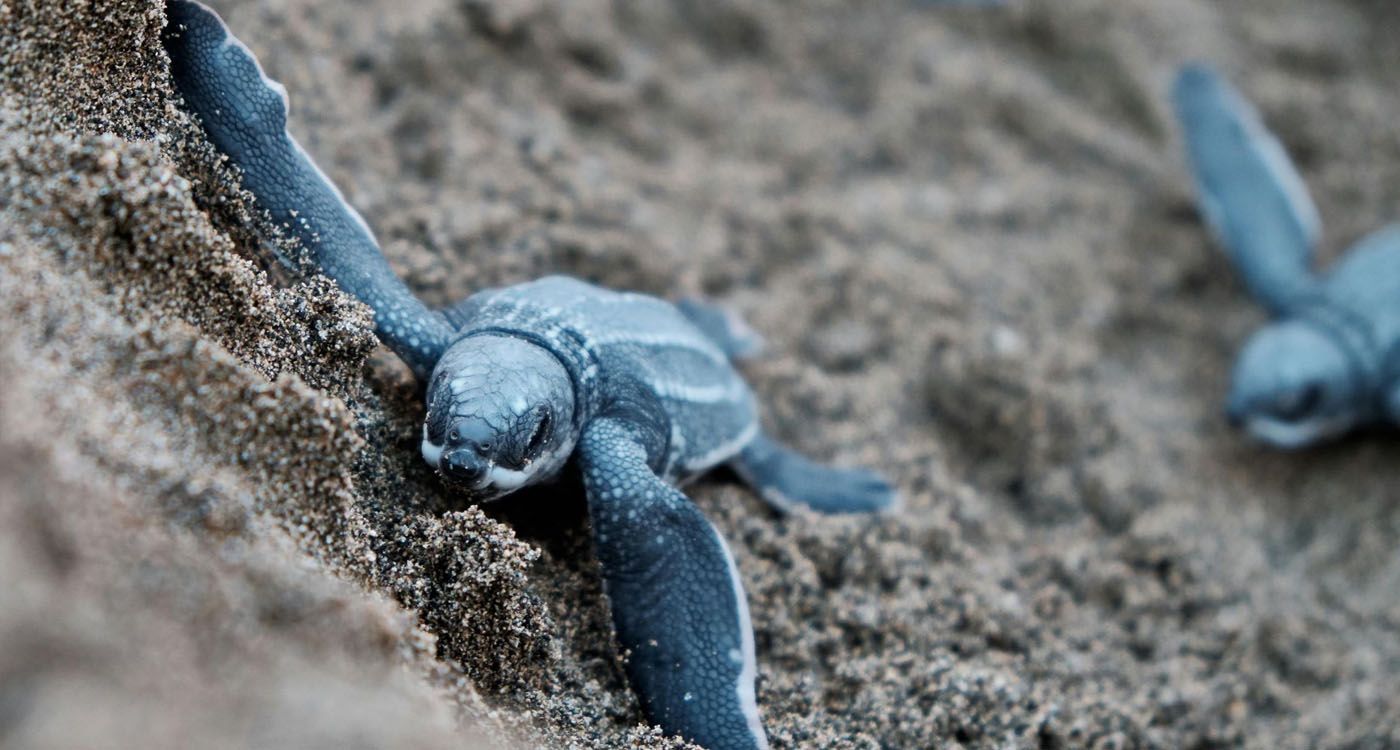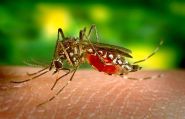
Every summer, a rare spectacle unfolds on the beaches of southern Lebanon, where endangered sea turtles brave many dangers to lay their eggs. Their survival now depends on our commitment, as these silent giants struggle to exist.
While beaches in southern Lebanon fill with swimmers and vacationers each summer, another visitor—discreet and silent—resurfaces. In the shadow of the waves, sea turtles approach the shore to perform an ancestral ritual: laying their eggs on the same beaches where they were born.
Drawn to the sands of their youth, they crawl ashore to bury new life with the same determination they once showed when leaving that very place decades earlier. This rare and mysterious phenomenon symbolizes a deep connection between sea and land, between instinct and survival, still finding refuge in Lebanon, where a few preserved beaches host one of the last scenes of this ancient migration.
The Cycle of Life Between Sea and Sand
Every two to three years, between May and August, two species of large sea turtles return to Lebanon’s southern beaches: the green turtle (Chelonia mydas) and the loggerhead turtle (Caretta caretta), both critically endangered.
After years spent navigating the vast Mediterranean, they return with remarkable precision to their birthplace. The females laboriously climb the sand to dig a nest above the high tide line. A green turtle can lay up to 240 eggs in a single night. Once the laying is complete, she carefully covers the nest and returns to the sea.
About two months later, the eggs hatch and the tiny turtles emerge from the sand, heading instinctively toward the sea, guided by the light on the horizon. Yet, this short journey is filled with danger—only a few survive and begin their life in the ocean.
Still-intact beaches like those of Tyre or Mansouri have become vital sanctuaries for this reproduction. In a country heavily impacted by coastal urbanization, these places are true refuges for marine biodiversity.
Reproduction at Risk on Troubled Beaches
The return of turtles to Lebanon’s coasts is now threatened by numerous pressures. The primary threat is uncontrolled coastal urbanization, with sand increasingly replaced by concrete in favor of parking lots, restaurants and private facilities. Bulldozers, construction and artificial lighting often prevent turtles from nesting or disorient hatchlings as they emerge.
Pollution is another danger—turtles mistake plastic bags for jellyfish, leading to deadly intestinal blockages. Chemical pollutants in the water and sand also reduce the chances of egg development. Human presence also disrupts these species—stepping on nests, stray dogs, campfires and loud noise can all cause a female ready to lay eggs to flee, jeopardizing reproduction and further weakening these already fragile populations.
A Glimmer of Hope on Southern Beaches
Despite this alarming situation, there is hope thanks to local initiatives committed to protecting the turtles and preserving their beaches. The Tyre Coast Nature Reserve plays a key role. Every summer, volunteers and scientists patrol to locate nests, mark them and raise awareness among visitors about responsible behavior. Other organizations, like Orange House in Mansouri or Wild Lebanon, are also active in safeguarding turtles through awareness campaigns, beach cleanups and care for injured turtles.
Everyone can help protect them by taking simple actions like picking up trash, avoiding beach traffic at night, not disturbing nests and reporting their presence. By doing so, we help preserve a fragile natural balance and protect an ancient bond between nature and our territory. It’s also a way to offer future generations the chance to witness the silent miracle of a turtle emerging from the sea under the moon of a Lebanese summer to carry life forward.




Comments